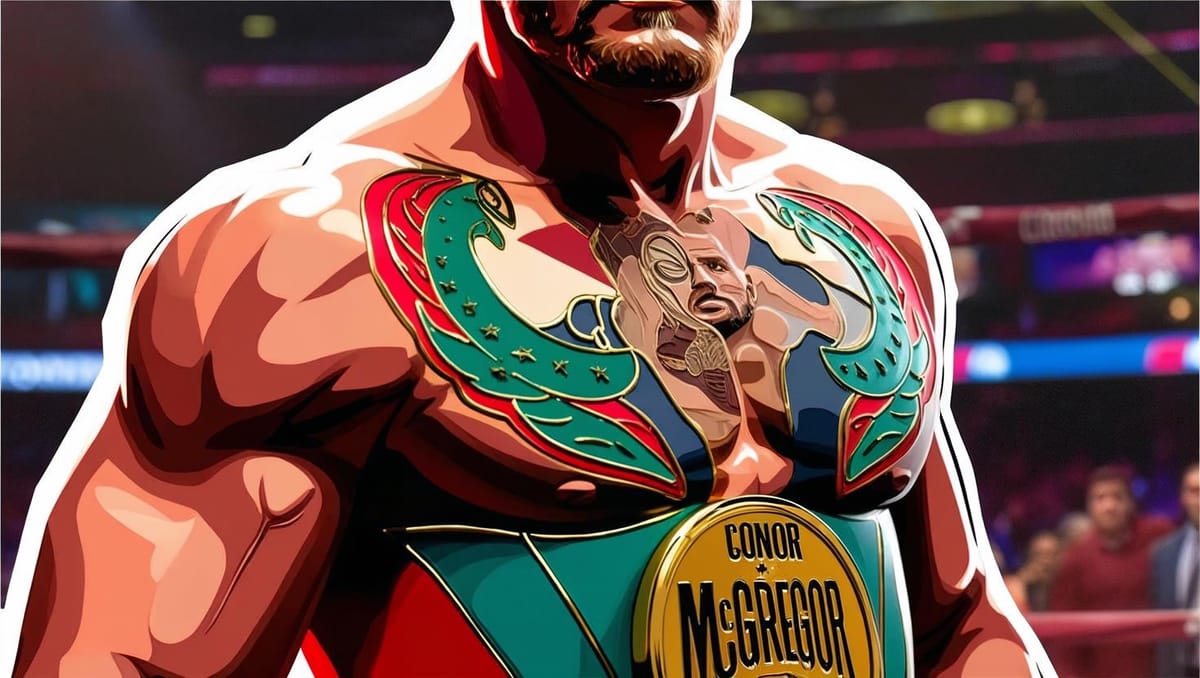Why McGregor’s Crypto Crashed: A Brutal Lesson in Hype, Investor Psychology & Market Timing

Conor McGregor’s REAL token launch flopped despite the hype. Learn why celebrity memecoins no longer guarantee success and what this means for crypto investors and builders in 2025.
Ladies and gentlemen, this is REAL! https://t.co/uhBgjAHotX
— Conor McGregor (@TheNotoriousMMA) April 6, 2025
Conor McGregor’s Crypto Misfire: When Hype Meets Harsh Reality
In a market where timing is everything and investor trust is hard-won, Conor McGregor’s REAL token crash wasn’t just unfortunate — it was predictable. On paper, it had all the ingredients of a hit: a global celebrity, slick branding, and echoes of successful memecoin trends. But under the surface? A textbook example of hype without substance.
Let’s dissect what went wrong, the investor psychology behind it, and what this failed launch signals for the future of celebrity-backed crypto projects.
This failed token launch is a textbook case of how hype without substance can quickly crash in crypto — even when backed by a celebrity like Conor McGregor. Here's a breakdown of key takeaways and a deeper comment on the psychology and market implications:
🧠 Investor Psychology & Timing:
The REAL token tried to ride the wave of celebrity-backed memecoins, but it ran straight into three massive walls:
- Market Sentiment Was Brutal
Launching during a market-wide downturn was a critical misstep. Bitcoin’s dip and the stock market’s $6.6 trillion wipeout had most retail investors in risk-off mode. When people are afraid, speculative plays like new tokens — especially celeb-backed ones — are the first to get cut from the portfolio. - Post-Trend Fatigue
The memecoin hype peaked months ago. McGregor’s team didn’t recognize that memecoin interest had cooled off, especially after overexposure (Trump token, LIBRA token) and multiple celeb pump-and-dump scandals. Retail is more cautious now — or simply burned out. - Overconfidence Bias
McGregor's claim that this wasn’t “celebrity-endorsed bullshit” but a “REAL game changer” shows classic overconfidence bias. The assumption that fame equals investor trust doesn’t hold anymore in 2025. People want transparency, utility, and roadmap clarity.
💸 Numbers Don’t Lie:
- Target raise: $1M
- Actual raise: $392k
- Target participants: Thousands (likely)
- Actual participants: 668
Despite McGregor’s name, the auction couldn’t even hit half its minimum raise or 12% of its fully diluted valuation target ($3.6M). That’s an embarrassing miss. It signals a massive mismatch between the project’s perceived value and market interest.
🔍 What Went Wrong (Beyond the Market):
- Lack of Clear Utility:
No one really understood what the REAL token did. It was vague and wrapped in marketing fluff. Today’s retail investors want use cases, even in memecoins. - Sealed-Bid Format Backfired:
Sealed-bid auctions are intimidating for non-whales. Many new investors prefer straightforward pricing models. This created friction in onboarding casual backers. - Bad Optics = Bad Conversion:
Launching with a $120M FDV in this environment just looks greedy. Retail investors smell desperation and cash grabs from miles away now.
🔮 Implications & Lessons:
- The era of “fame = funding” is ending. Even the most followed influencers can’t force people to invest anymore.
- Product-market fit matters — even in memecoins.
- Retail memory is short, but collective pain is sticky. Scams and rug pulls from other celebs have made people skeptical, regardless of who's promoting it.
If you’re an investor or builder, take this as a warning:
💬 The crowd might cheer your name, but they won’t fund your token unless it feels safe, valuable, and timely.
What’s your take — do you think Conor will try again, or is this a one-and-done moment?
